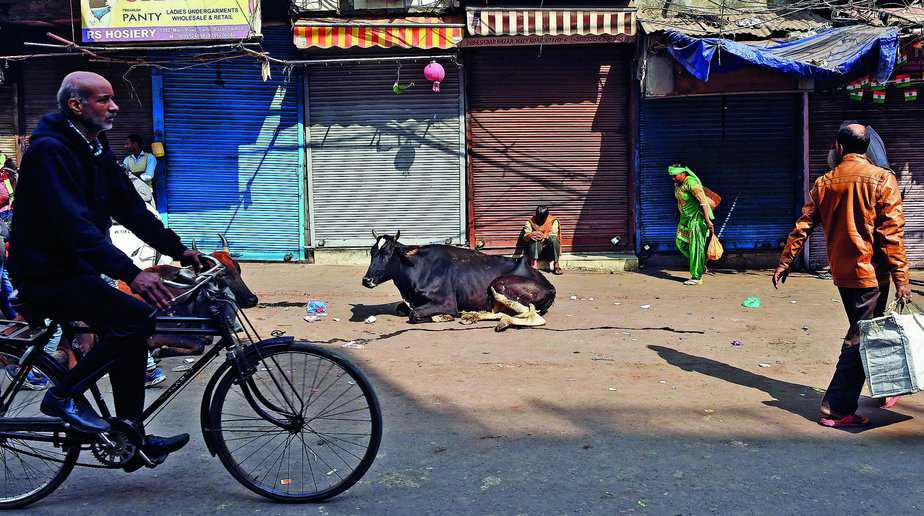Reacting to traders holding the city to ransom while protesting against the recent sealing drive, the apex court observed, “Is there a rule of law?”
There’s great inertia in Delhi to implement reforms. Some hidden forces seem to guide the government. The multiplicity of agencies, the three tiers of government, have recently been at loggerheads with each other. Add to this, Delhi Development Authority (DDA) and Delhi Police, all together and individually are responsible to keep the Delhi going.
The past experience has been that if something good happens, all this plethora of agencies completely take credit. And if something bad occurs, agencies shun responsibility and pass the buck. In all this commotion, the buck seems to stop at the Supreme Court of India and the Delhi High Court, for these two higher courts are responsible for implementation of some of the far-reaching reforms in Delhi like the introduction of CNG.
On the same lines, this week, the apex court lambasted the union government by observing that this government is for “traders”. The bench of Justices Madan B Lokur and Deepak Gupta observed, “These people (traders) are saying that we have done something illegal, but please protect us. Dharnas by the traders are admission of their guilt. Innocent people do not go on dharnas. What can be more arbitrary than this?” The message for the rest of the country is “it is free-for-all” here in Delhi with a “complete breakdown” of law and order.
The additional Solicitor General (ASG) ANS Nadkrani said, in what appears like shunning the responsibility for the current mess, “Certainly, the central government has become a villain. It is not that the central government is to be blamed for it. It is a failure of the system as a whole.” The bench didn’t buy the argument.
According to Nadkarni, as per 2012 figures, there were around 895 unauthorised colonies having built up area of more than 50 per cent of Delhi. But regularisation is not a solution. “You cannot regularise something which is totally not in accordance with law. You can regularise those which are in accordance with law,” observed the bench.
DDA wants to amend Master Plan 2021 to accommodate the ever-growing population and allow mixed use of land. DDA in its affidavit said it “feels a reasonable rate will allow owners of such plots to come forward to contribute in streamlining planned development” and added, “the earlier conversion charges, which were based on 100% difference between commercial and residential value, were stringent and restrictive in nature… almost (as much as) the cost of the land in some cases.”
The bench came down heavily on DDA for proposed reduction in conversion charges, from Rs 89,094 per sq m to Rs 22,274 per sq m. for traders to allow them to run businesses from residential buildings. “What for? For the sake of traders? For protecting them and protecting their illegalities?” the bench retorted, “Is it the rule of law?”
Accusing the Centre of letting traders hold the city to ransom, the apex court observed, “Illegalities have been perpetuated and are now being legalised,” said the bench, and added that in order to protect “eight to 10 lakh traders in Delhi…you (that is the Union government) are holding 186 lakh people to ransom.”
The apex court has expressed concern that the interest of the common man is compromised. And when that happens — places like Ghazipur and Bhalswa are tall examples — the garbage piles up 60 metres, there’s shortage of water, there’s traffic problem, pollution is high and the air is unfit to breathe.
The bench retorted, “Is it the rule of law?”





